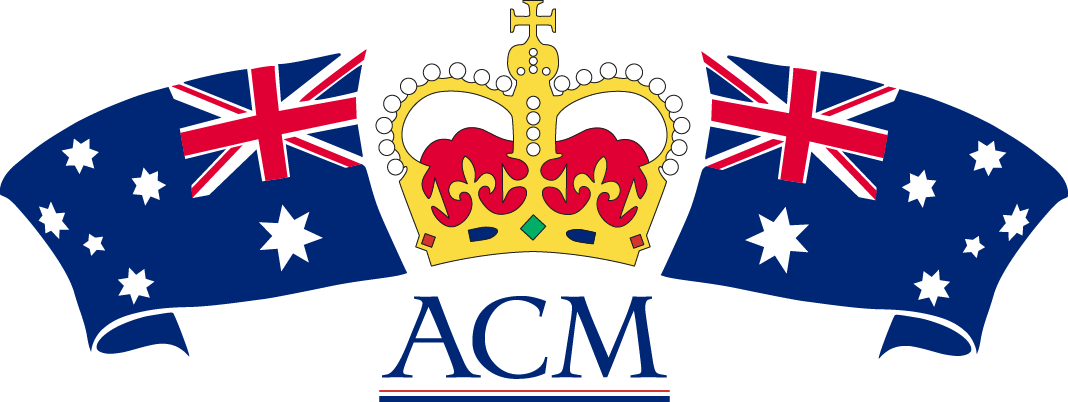On Saturday 18 April 2009 Prince Philip became the longest serving consort to any of our Sovereigns, passing the record of 57 years and 70 days set by Queen Charlotte, wife to King George III. On 6 February, 1952 the then Princess Elizabeth succeeded to the throne on the death of her father, the greatly loved King George VI. The following is a tribute from Sky News.
Prince Philip’s life changed, and he had to give up a promising naval career. On leaving school in 1939, he joined the Royal Navy graduating in 1940 from the Royal Naval College, Dartmouth, as the top cadet in his course. Commissioned a midshipman, he served on the battleship HMS Ramillies, protecting convoys of the Australian Expeditionary Force in the Indian Ocean. He later served in the Mediterranean on HMS Valiant in the Battle of Crete. He was mentioned in despatches for service during the Battle of Cape Matapan, and was awarded the Greek War Cross of Valour.
In a series of courses at Portsmouth, he gained the top grade in four out of five sections and then served in convoy escort duties on the east coast of Britain, and then in the invasion of Sicily. He was appointed first lieutenant of HMS Wallace and at 21, was one of the youngest first lieutenants in the Royal Navy. He saw service in the British Pacific Fleet in the 27th Destroyer Flotilla, and was at Tokyo Bay when the instrument of Japanese surrender was signed.
The first consort to a Queen since Prince Albert, he has carved out a unique role for himself. A pioneer, he has probably done more to modernise the monarchy than anybody else. One of his greatest achievements has been setting up the Duke of Edinburgh Award scheme to help young people, which has been a great success across the world and well beyond the Commonwealth.
A conservationist before it was fashionable, he has played a significant leadership role in the World Wild Life Fund. He has also played a significant role in several other organisations, including the English Speaking Union.

He has taken up a number of causes, from British industry to the environment, and has never been afraid to speak out on issues he feels strongly about.
…lazy journalistic campaign to caricature the Duke….
Sections of the British press have conducted a tedious and infantile campaign to reduce him to a caricature, as they do with other royalty, including his son and grandsons. In Prince Philip’s case, this has centres on taking obvious examples of humour, and categorising these as “gaffes.”
The contrived journalistic caricature is then of someone who is allegedly “gaffe-prone.” This of course breeds a spectacularly lazy form of journaism.
The lazy journalist merely asks someone what Prince Philip said, finds a witty comment and then circulates this as the “shock latest gaffe”. They could produce a computer programme to do this.
The unfortunate result is that even fair and experienced journalists will find it difficult to ignore something which has been artificially manufactured as newsworthy. This contrived capture of the news is something which serious journalists should consider carefully. Should they be mere tools in the hands of people who abuse the privileges which the media enjoy for the most important reasons?
Prince Philip is of course a more substantial person than that. But some journalists never let the truth get in the way of a headline.
As time goes on, I suspect that the public will see through this robotic campaign and recognize Prince Philip for the formidable man he is.
